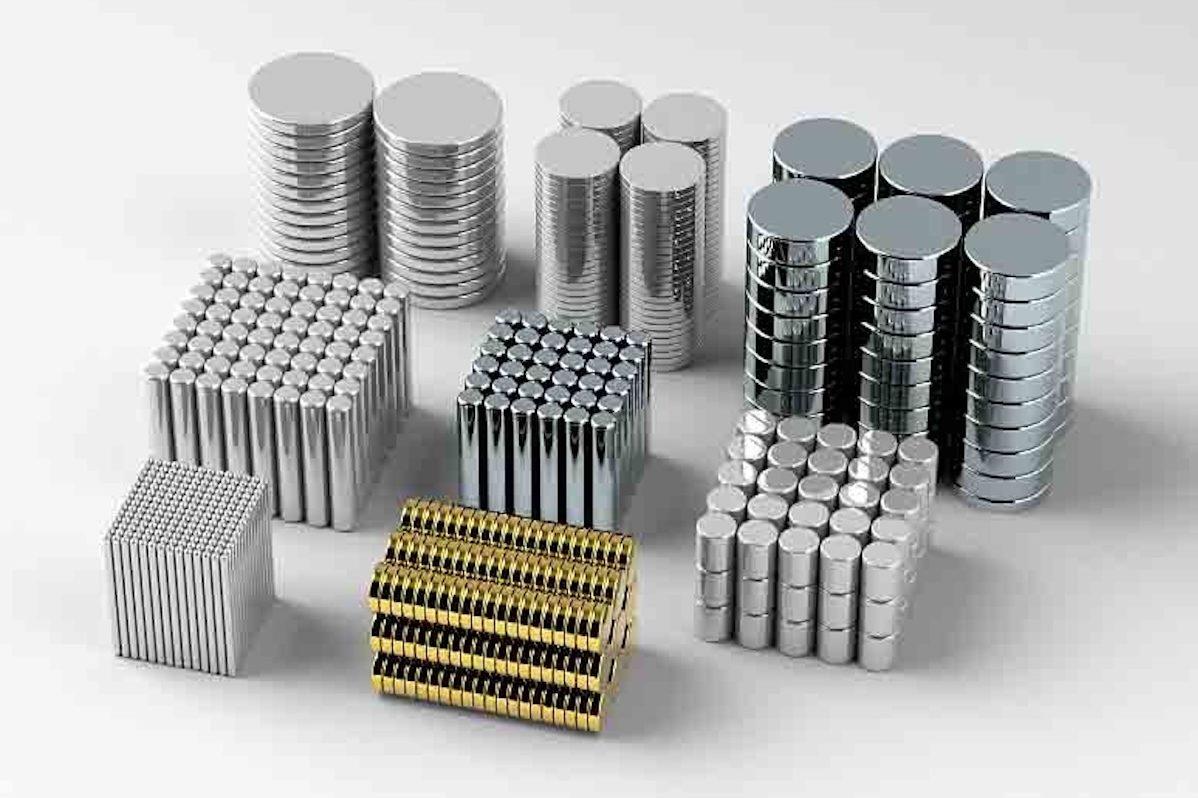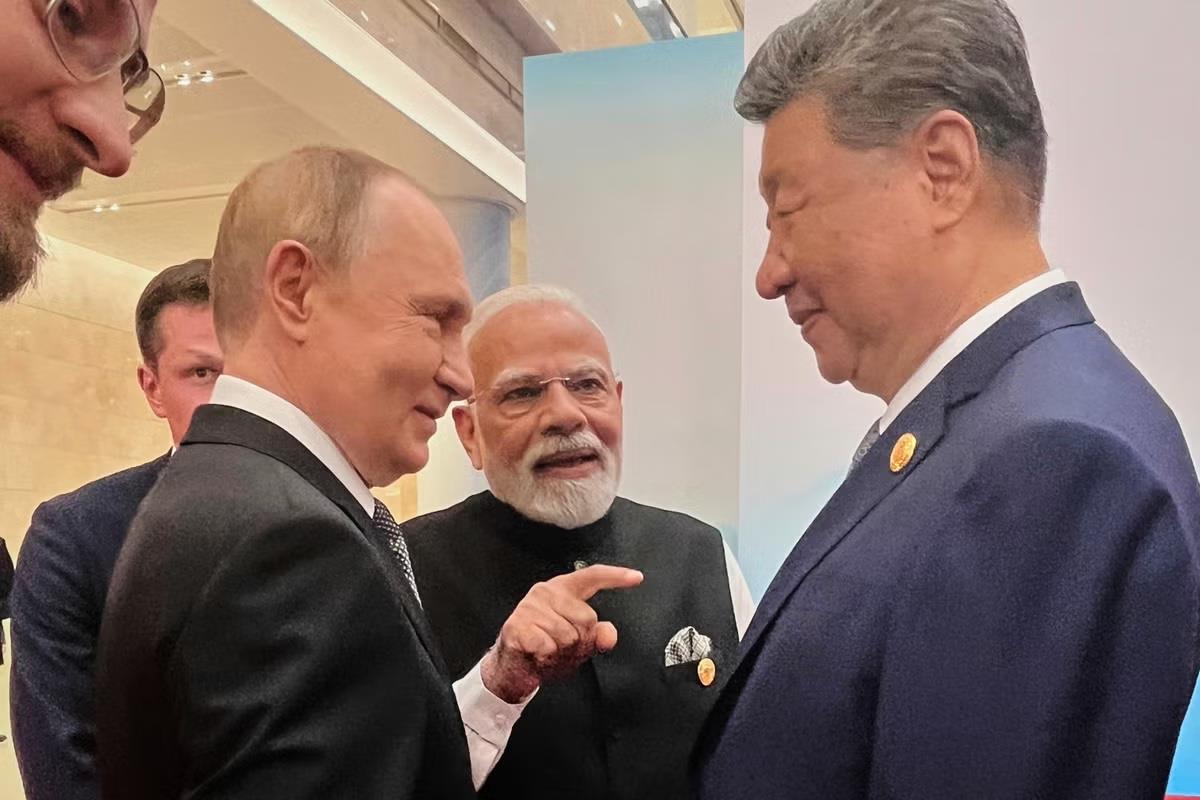
Securing Neodymium Is A Strategic Imperative For America
Tesla CEO Elon Musk told investors in April that the production of its Optimus humanoid robots had been affected by China's export restrictions of rare earth magnets. That admission marks the clearest signal yet that China's export controls on heavy rare-earth magnets are hitting high-tech US industries-and fast.
The term“rare-earth magnets” typically refers to two classes: neodymium-iron-boron (NdFeB) and samarium-cobalt (SmCo). Of the two, NdFeB is the backbone of everyday consumer products. These magnets offer remarkable magnetic strength . The magnetic force of rare-earth magnets can be up to 15 times that of traditional ferromagnets of the same size.
These properties make NdFeB magnets uniquely suited for applications requiring compact, high-torque electric motors, such as robotics, electric vehicles, and advanced aerospace systems. Each Tesla Optimus robot, for example, contains dozens of motors, each embedded with high-performance NdFeB components – at least 3.5 kilograms of the material per unit.
Neodymium-based magnets are usually composed of approximately 30% rare earth elements (primarily neodymium), about 69% iron, and roughly 1% boron. Heavy rare-earth elements are essential for enhancing high-temperature performance and stability. Even minimal additions allow these magnets to retain strength near boiling point temperatures, making them irreplaceable in confined, high-heat environments.
NdFeB magnets are thus foundational to a wide range of high-tech and industrial systems.
-
In the electronics sector, they enable fast and accurate data processing in hard drives, power speakers and vibration motors in smartphones.
In industrial manufacturing, NdFeB magnets are central to high-efficiency motors, generators, and magnetic couplings, with an annual demand of 20,000–30,000 tons – rivaling even the automotive sector.
Wind power also relies heavily on NdFeB-based permanent magnet synchronous generators, with a single turbine consuming several hundred kilograms of the material.
In medical technology, NdFeB magnets provide the high field strength needed for MRI imaging.

Legal Disclaimer:
MENAFN provides the
information “as is” without warranty of any kind. We do not accept
any responsibility or liability for the accuracy, content, images,
videos, licenses, completeness, legality, or reliability of the information
contained in this article. If you have any complaints or copyright
issues related to this article, kindly contact the provider above.





















Comments
No comment